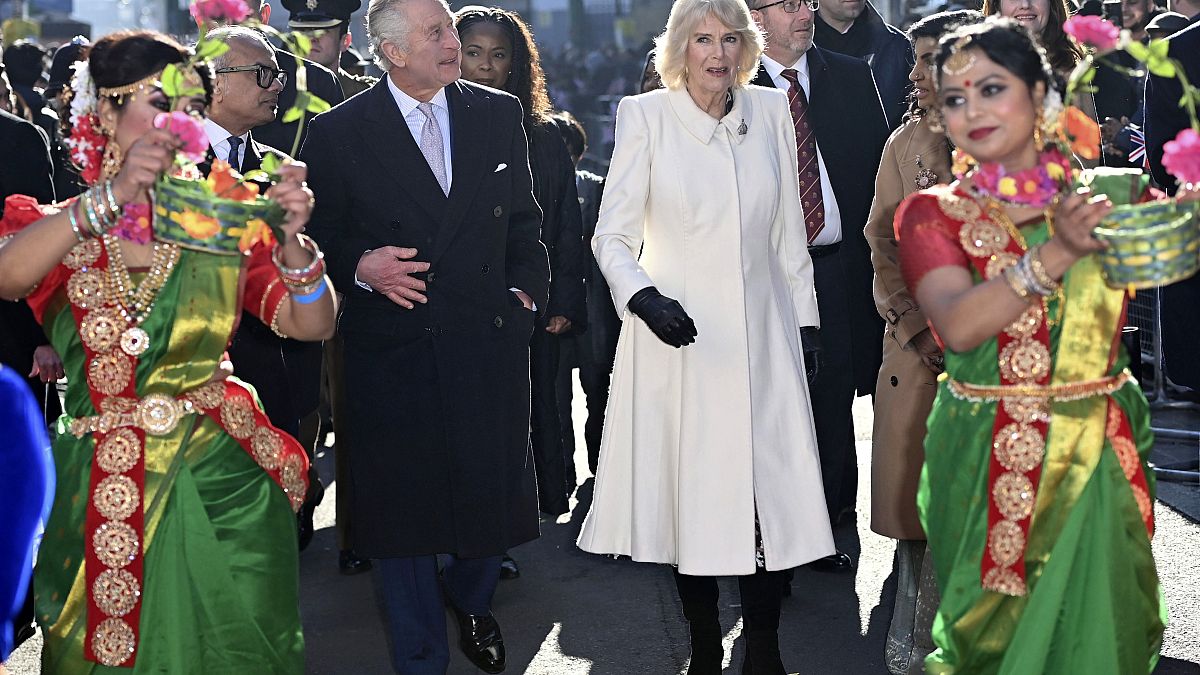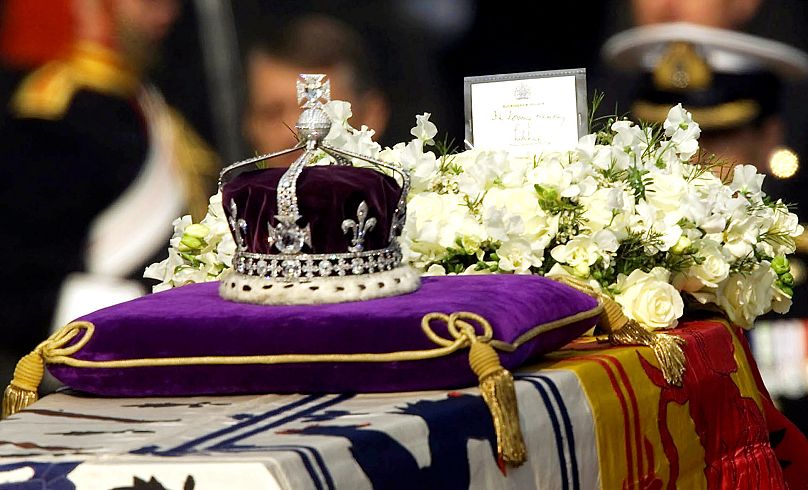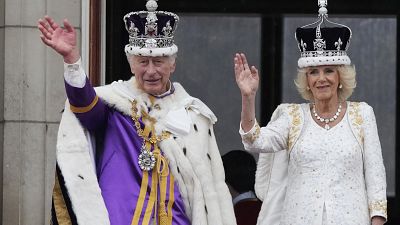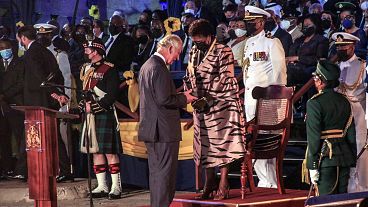The Koh-i-Noor diamond is as beautiful as it is controversial. Taken from India during British imperial rule, the Queen Consort has broken with tradition by refusing it at her coronation.
The Queen Consort Camilla will be repurposing a crown that belonged to Queen Mary for her and King Charles III's coronation at Westminster Abbey next week, breaking with the tradition of having a new crown made for the occasion.
However, that crown will not feature the controversial Koh-i-Noor diamond at its centre, as it had when Queen Mary first wore it at her coronation in 1911. Nor will it feature a replica of the famous stone, which replaced the original in Queen Mary's crown in 1937, when the original Koh-i-Noor was set into the coronation crown of Queen Elizabeth’s mother.
Camilla's upcycled crown will instead be reset with stones from the late Queen Elizabeth II's personal jewellery collection. She will be the first Queen Consort to reuse a crown at a coronation instead of commissioning a new one since the 18th century.
In refusing the stone, Camilla not only made a statement on sustainability; she also avoided a potential diplomatic row with India over the symbolism of the diamond.
The Koh-i-Noor diamond has been a staple of the British Crown Jewels for nearly 175 years, but it's long been plagued with disputed ownership claims and is seen by some as a spoil of Britain’s often controversial colonialist past.
First found in India’s Kollur mine, the diamond was mentioned as early as the 14th century, in a diary entry made by Alauddin Khalji, an emperor who ruled over the Delhi Sultanate.
The Koh-i-Noor, one of the largest diamonds in the world, weighing in at 21.12 grams, has been owned by multiple Indian emperors, but was acquired by the British Empire as a result of its conquest of India. It was surrendered to Queen Victoria in 1849 and has remained a significant part of the British Crown Jewels since then.
After Queen Elizabeth II’s death last September, the Indian government raised concerns over the British monarchy’s use of the diamond, saying some Indians associate it with oppressive rule and called on Camilla not to use the Koh-i-Noor at the coronation.
While India remains an important part of the British commonwealth, the political association is a pressing issue for Charles III. In 2021, Barbados removed the Queen as its head of state and left the Commonwealth. Other Caribbean nations are believed to be considering doing the same.
Camilla is breaking with the tradition of recent queen consorts by not choosing to have a new crown made especially for her coronation. The reasons given for this decision were said to be of efficiency and sustainability.
Buckingham Palace says Queen Mary’s crown has been removed from display at the Tower of London, home of the Crown Jewels, and will be reset with diamonds from Queen Elizabeth’s personal collection, including the Cullinan III, IV and V. The palace says the crown will reflect Camilla’s ‘individual style’.
Other changes that will be made by the Crown Jeweller include removing four of the crown’s eight detachable arches to give the crown “a different impression”.
Although it’s thought Queen Elizabeth never wore the diamond during her 70-year reign, there have been calls for the gem to be restored to India since the country became independent in 1947. However, as recently as 2016, the country’s former Solicitor General Ranjit Kumar said he believed that Britain’s ownership of the diamond is legitimate - a point that drew criticism from Indian leaders.
So the future of the Koh-i-Noor is still very much up for discussion.




